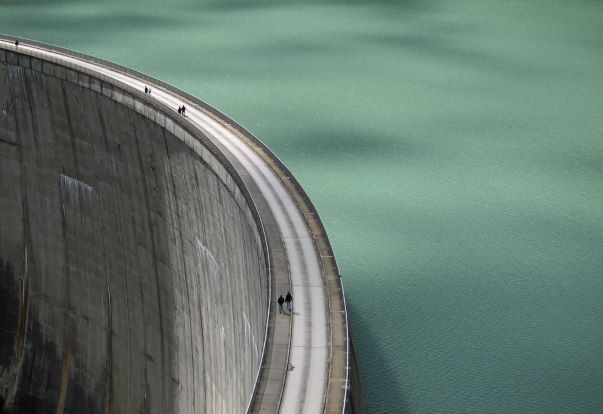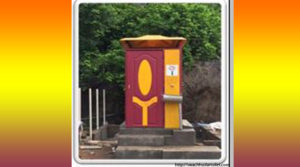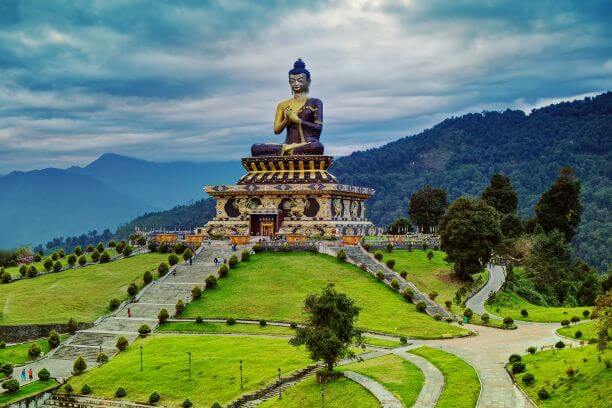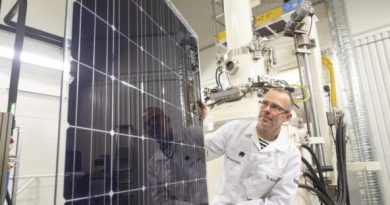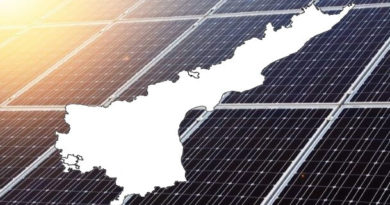Meghalaya targets Power Deficit with Clean Energy Scheme-Hydroger Mission
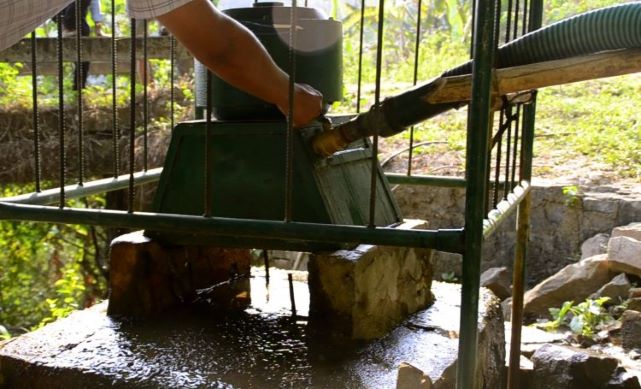
Meghalaya has announced the launch of Hydroger Mission under Decentralized Green Energy Project with total financial outlay of Rs. 11.55 crore with financial support from NABARD under RIDF.
Speaking about the Mission, Chief Minister, Conrad Sangma said, “North East comes with unique geological challenges. Installation of regular power grids and transmission infrastructure in such areas is a huge capital intensive proposition, something which a small state like Meghalaya can ill afford. The Hydroger Mission aims to address both these key challenges. I am happy to share that NABARD has emerged as one of our important partners in the growth story of Meghalaya and RIDF has been a critical part of this collaboration.”
Technology
“Hydroger” is a water mill or pico-hydro power system with an electrical power output of 3- 5kW. The term ‘Hydroger’ (derived from Hydro and Generator) was coined by NEPeD (Nagaland Empowerment of People through Energy Development), which has developed this technology with in house R&D and applications in the field.
Hydroger uses the hydraulic power of falling water through a delivery pipe (penstock) to power a reaction or impulse turbine. The turbine is attached to a generator, which converts the mechanical power into electricity. A Hydroger comprises of a cylindrical cast iron casing housing a generator, which is connected to the turbine through the shaft. The turbine converts the kinetic energy of falling water into mechanical energy and then the generator converts the mechanical energy from the turbine into electrical energy. Hydroger efficiency is around 75-80%. One of the critical components of Hydroger is the Electronic Load Controller (ELC), which stabilizes the output voltage and frequency of the generator through an electronic sensor and dummy load.
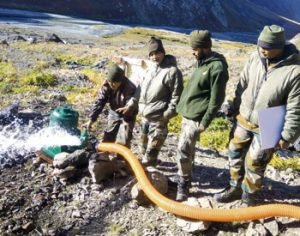
Installations
After having successfully lighted up many remote hamlets across the Northeast for the past few years through its hydrogers, Nagaland Empowerment of People through Energy Development (NEPeD) team successfully, last October, installed a 3-kw hydroger, manufactured at its Dimapur-based Centre of Excellence for Renewable Energy Studies (CERES), to light up the army camp in Drass sector near the Tiger Hill, which became famous during the Kargil War, in the Line of Control (LoC) that divides India and Pakistan.
Installed at a bare minimum cost of Rs. 5 Lakh per project, each such unit has the power to provide clean drinking water to a small hamlet of 50-60 houses besides lighting street lights at night. Among other benefits which come along are enhanced productivity of small poultry and dairy units, scope for setting up micro paddy thresher units on community basis besides utilization of excess run off water for irrigation by farmers in the catchment area. After the hydroger is installed, the villagers are trained in its handling and care. The people also ensure that forests around the site and the catchment of the stream is maintained, a step that can go a long way in securing hope for sustainability of the project. Moreover, these hydrogers will be fabricated in Meghalaya, giving the manufacturing sector a boost.
The Hydroger mission will install additional 220 Hydroger projects in Meghalaya which is struggling with nearly 75% power deficit. The hydrogers are already in use in other States like Arunachal Pradesh, Manipur, Meghalaya, Sikkim, Kerala and Maharashtra.
Image credit: India Water Portal

